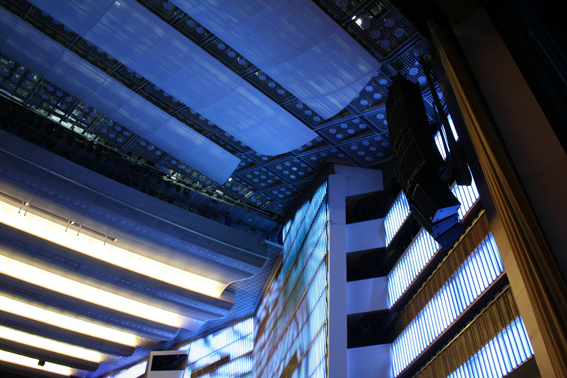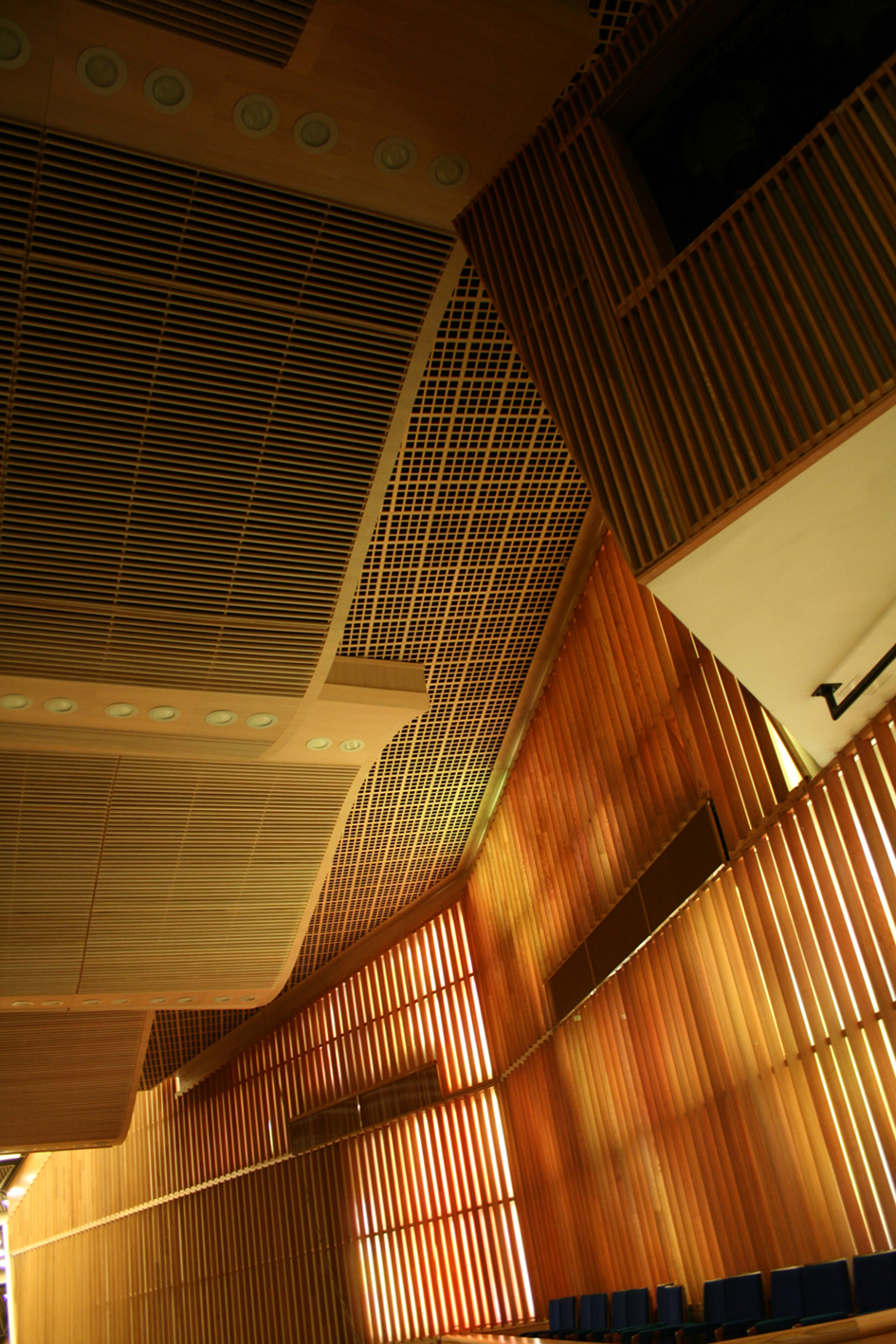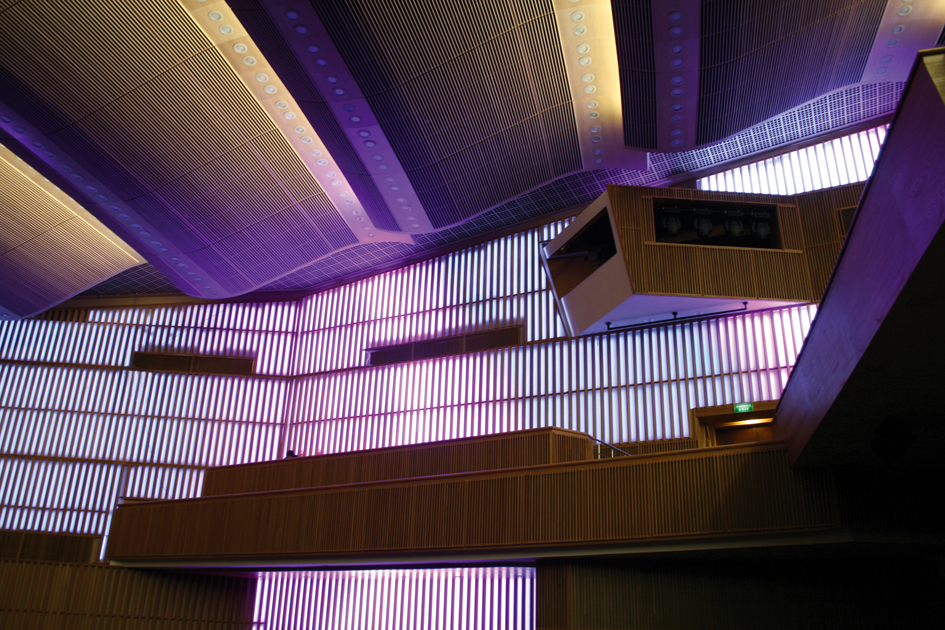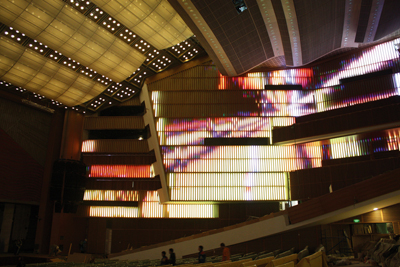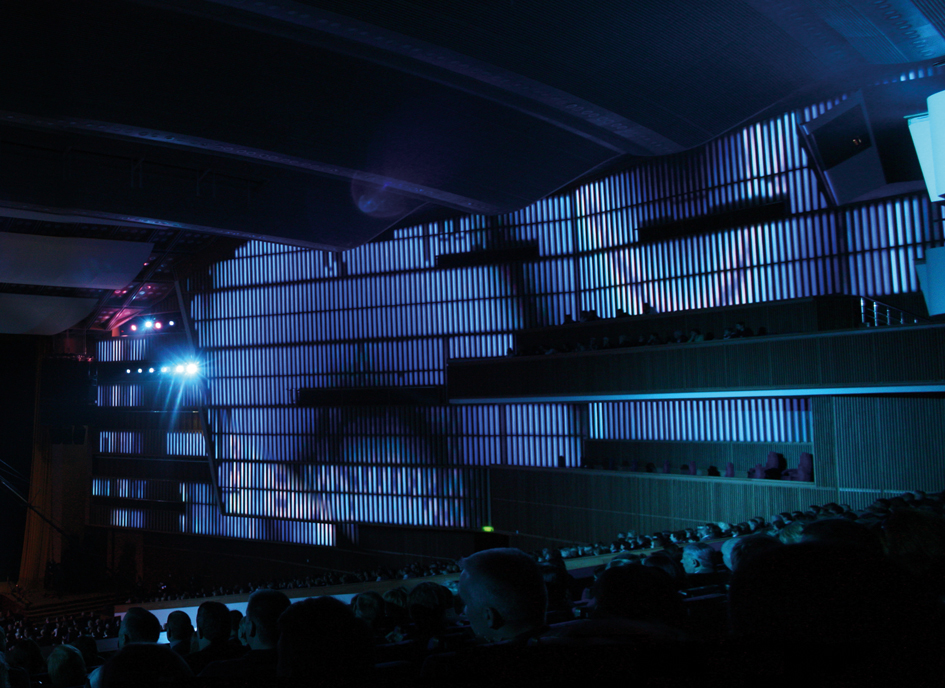Reconstruction of the Congress andConcert Hall „Gosudarstveni KremlovskiDvorec“
TheState Kremlin Palace, located inside the Moscow Kremlin, was a major centre of Russia's political andcultural life for a long time.
ThePalace was built in 1961, under Nikita Khruschev, as a modern arena forCommunist Party congresses and conferences, performances and concerts.Preserving the tradition of a single palace ensemble, the architects connectedthe new building with the Grand Kremlin Palace by a passageway with a smallWinter Garden and a suspended glass passageway leading to the Patriarch’sPalace.
In1992, the Palace of Congresses was renamed the Kremlin’s State Palace.Today, itis a public building and a theatre.
Themain part of the building is one of Europe’s biggest and finest auditoriumswith 6000 seats, used mostly forconcerts and ballet performances today. It is also the scene of the KremlinBallet Theatre and the second stage ofthe Bolshoi Theatre.
Thepalace has an underground portion as deep as a five-story building. The StateKremlin Palace, popularly known as the Palace of Congresses, contains more than800 rooms.
Atthe time of construction, this large public building, made of concrete, metaland glass, was considered one of the biggest technical achievements of theSoviet era, despite a controversy that it was built within the previous olderensemble. The architects working on the project, headed by M. Posokhin, wereawarded the Lenin Prize for their work on the building in 1962.
Fiftyyears later, Russian authorities wanted to give a new, contemporary look to thebuilding and upgrade its performance.
Architectsfrom the studio “OTASH”, Ivo Otasevic and Dejan Otasevic created a moderninterior for the concert hall, applying the latest technological achievementsin collaboration with experts for acoustics and visual effects from GreatBritain, US and Germany.
The basic concept of the architecuralteam was to preserve as much of the previously existing geometry of the Halland, with the use of Led lighting integrated into the wall panelling, to createthe effect of large screens so that the whole interior would activelyparticipate in the scenic experience, allowing a director vast possibilities inthe conceptualization of plays. Such use of technology gives this reconstructedHall multifunctionality, which was main task the architectural team waspresented with.
Applying the new acoustic solutions to the design of the interior was aparticular challenge, as it required the sheathing of all surfaces withspecially designed acoustic panels (high frequency and low frequency). Forthese panels to act properly, the sheathing before them had to be more than 50%sound permeable, which was accomplished by different manners of perforation andthe use of acoustic materials. Precisely these facts had a significant effecton the final appearance and characteristics of the Hall, which is now includedamong the most technologically advanced halls in the world.

